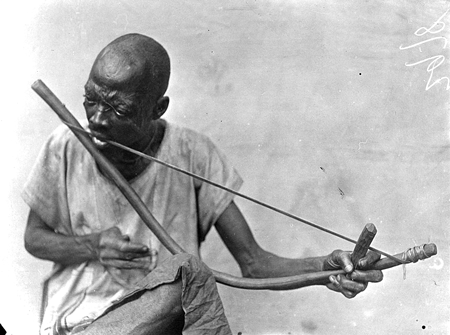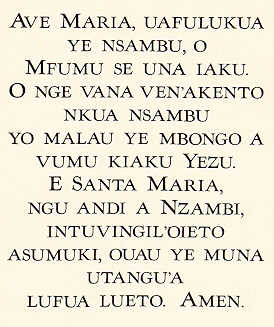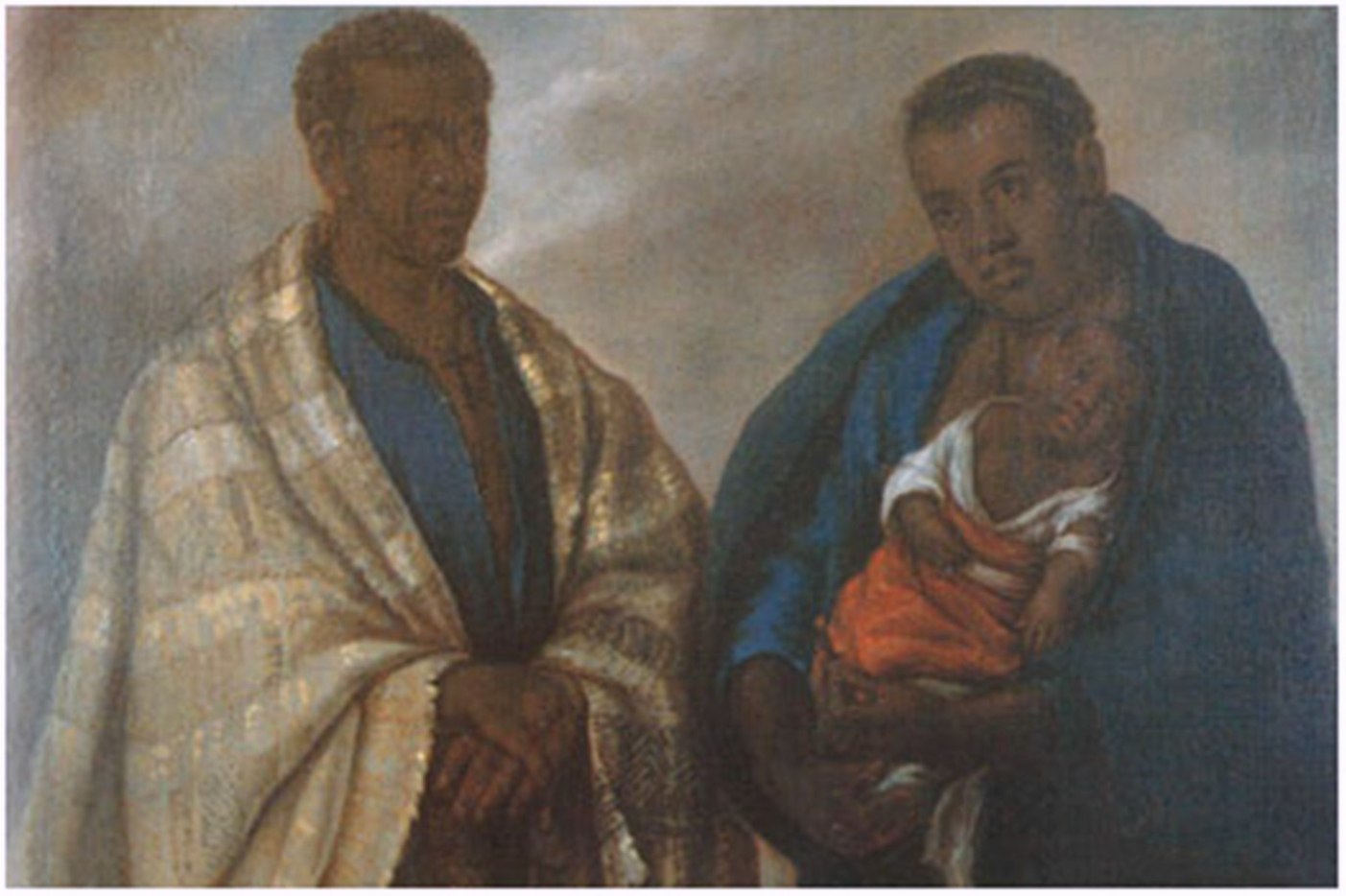|
N'golo
N'golo (anglicized as Engolo) is a traditional Bantu martial art and game from Angola, that combines elements of combat and dance, performed in a circle accompanied by music and singing. It is known as the forerunner of capoeira. Engolo has been played in Africa for centuries, specifically along the Cunene River in the Cunene Province of Angola. Ngolo finds its inspiration in nature, involving the imitation of animal behaviors. Examples include mimicking a zebra's kicking motion or emulating the swaying of trees. This warrior dance is not merely ritualistic; serious injuries have been known to occur during its practice. The combat style of engolo encompasses a variety of techniques, including different types of kicks, dodges, and takedowns, with a particular emphasis on inverted positions. Many of the iconic capoeira techniques, such as ''meia lua de compasso'', scorpion kick, '' chapa'', ''chapa de costas'', ''rasteira'', L-kick, and others, were originally developed within ... [...More Info...] [...Related Items...] OR: [Wikipedia] [Google] [Baidu] |
Albano Neves E Sousa
Albano Neves e Sousa (1921, Matosinhos, Portugal - 1995, São Salvador, Brasil) was a portuguese-angolan painter, poet, writer and ethnographer. He was born in Portugal, living in Angola and, after 1975, in Brazil. Albano Neves e Sousa is a key figure in Angolan art history. His art provides a visual history of Angola, depicting its people and landscapes with remarkable passion. His art is deeply connected to the culture of Angola and Brazil. Neves e Sousa introduced the world to the Angolan martial art n'golo, which is considered the ancestor of capoeira. His engolo drawings from 1950s have become an important historical document and one of the key proofs of the Angolan origin of capoeira. Biography Albano Silvino Gama de Carvalho das Neves e Sousa was born on January 15, 1921, in Matosinhos, Portugal, during one of his family's trips to Portugal. Life in Angola At a young age, he returned to Angola with his family, settling in Andulo in the province of Bié. He was ... [...More Info...] [...Related Items...] OR: [Wikipedia] [Google] [Baidu] |
Kick
A kick is a physical strike using the leg, in unison usually with an area of the knee or lower using the foot, heel, tibia (shin), ball of the foot, blade of the foot, toes or knee (the latter is also known as a knee strike). This type of attack is used frequently by hooved animals as well as humans in the context of stand-up fighting. Kicks play a significant role in many forms of martial arts, such as capoeira, kalaripayattu, karate, kickboxing, kung fu, wing chun, MMA, Muay Thai, pankration, pradal serey, savate, sikaran, silat, taekwondo, vovinam, and Yaw-Yan. Kicks are a universal act of aggression among humans. Kicking is also prominent from its use in many sports, especially those called football. The best known of these sports is association football, also known as soccer. History The English verb to kick appears in the late 14th century, meaning "to strike out with the foot", possibly as a loan from the Old Norse "kikna", meaning "bend backwards, sink ... [...More Info...] [...Related Items...] OR: [Wikipedia] [Google] [Baidu] |
Scorpion Kick (martial Arts)
In capoeira, ''escorpião'' (scorpion), originally known as ''rabo de arraia'' (stingray tail), is a distinct inverted kick over the head, resembling the stingray's or scorpion strike. ''Rabo-de-arraia'' with both legs is one of the most dangerous capoeira technique, both for the person who executes it and for the one who receives it. If executed properly, it can have fatal consequences for the opponent. Capoeiristas rarely use this move today, except as a last resort, as it goes against one of the basic principles of capoeira: to always avoid close combat. The kick was successfully used in a famous match against jujutsu champion in 1909. ''Rabo de arraia'' is very old capoeira technique, which was very popular in capoeira carioca and capoeira Angola. The same technique is found in African martial art engolo, the ancestral art of capoeira. The position is similar to the scorpion pose in Yoga as exercise, yoga, but in capoeira it primarily serves as a kick. Names ''Rabo d ... [...More Info...] [...Related Items...] OR: [Wikipedia] [Google] [Baidu] |
Ritual
A ritual is a repeated, structured sequence of actions or behaviors that alters the internal or external state of an individual, group, or environment, regardless of conscious understanding, emotional context, or symbolic meaning. Traditionally associated with gestures, words, or revered objects, rituals also occur in non-human species, such as elephant mourning or corvid object-leaving. They may be prescribed by tradition, including religious practices, and are often characterized by formalism, traditionalism, rule-governance, and performance. Rituals are a feature of all known human societies. They include not only the worship rites and sacraments of organized religions and cults, but also rites of passage, atonement and ritual purification, purification rites, oaths of allegiance, dedication ceremonies, coronations and presidential inaugurations, marriages, funerals and more. Even common actions like handshake, hand-shaking and saying "hello" may be termed as ''rituals''. Th ... [...More Info...] [...Related Items...] OR: [Wikipedia] [Google] [Baidu] |
Ngola (title)
Ngola was the title for rulers of the Ndongo kingdom which existed from the sixteenth to the seventeenth century in what is now north-west Angola. The full title was "''Ngola a Kiluanje''", which is often shortened to simply "''Ngola''", hence the name of the modern country. See also * Ndongo * List of Ngolas of Ndongo * History of Angola * Ngola (language) Angolar Creole () is a Portuguese-based creole language of São Tomé and Príncipe, spoken in the southernmost towns of São Tomé Island and sparsely along the coast, especially by Angolar people. It is also called ''n'golá'' by its native ... References Matamban and Ndongo monarchs 16th century in Angola 17th century in Angola {{Angola-stub ... [...More Info...] [...Related Items...] OR: [Wikipedia] [Google] [Baidu] |
Kikongo
Kongo or Kikongo is one of the Bantu languages spoken by the Kongo people living in the Democratic Republic of the Congo (DRC), the Republic of the Congo, Gabon, and Angola. It is a tonal language. The vast majority of present-day speakers live in Africa. There are roughly seven million native speakers of Kongo in the above-named countries. An estimated five million more speakers use it as a second language. Historically, it was spoken by many of those Africans who for centuries were taken captive, transported across the Atlantic, and sold as slaves in the Americas. For this reason, creolized forms of the language are found in ritual speech of Afro-American religions, especially in Brazil, Cuba, Puerto Rico, Dominican Republic, Haiti, and Suriname. It is also one of the sources of the Gullah language, which formed in the Low Country and Sea Islands of the United States Southeast. The Palenquero creole in Colombia is also related to Kong creole. Geographic distribution Kong ... [...More Info...] [...Related Items...] OR: [Wikipedia] [Google] [Baidu] |
Madagascar
Madagascar, officially the Republic of Madagascar, is an island country that includes the island of Madagascar and numerous smaller peripheral islands. Lying off the southeastern coast of Africa, it is the world's List of islands by area, fourth largest island, the List of island countries, second-largest island country, and the List of countries and dependencies by area, 46th largest country overall. Its capital and List of cities in Madagascar, largest city is Antananarivo. Following the prehistoric breakup of the supercontinent Gondwana, Madagascar split from Africa during the Early Jurassic period, around 180 million years ago, and separated from the Indian subcontinent approximately 90 million years ago. This isolation allowed native plants and animals to evolve in relative seclusion; as a result, Madagascar is a biodiversity hotspot and one of the world's 17 megadiverse countries, with over 90% of its wildlife of Madagascar, wildlife being endemic. The island has ... [...More Info...] [...Related Items...] OR: [Wikipedia] [Google] [Baidu] |
Moraingy
Moraingy is an unarmed, bare-fisted striking style of traditional martial art from Madagascar. Participation in this combat form was originally limited to young men, providing them opportunity to gain prestige and test their abilities, while allowing elders to judge their physical skills. Participants are called ''kidabolahy'' (young men) or ''kidabo mpanao moraingy'' (young people who practice moraingy) and are widely respected by fellow villagers. In the North, they are called ''Fagnorolahy'', and the assistants, ''magnafo''. Today, the sport is no longer restricted by gender. The forms of this combat game is known as ''mrengé'' in Comoros, ''morengy'' in Madagascar, and ''moringue'' in Réunion. ''Mrengé'', believed to be the oldest, is a furious fight using fists, kicks, grabbing and headbutts. There is only one other known African combat game that uses similar kicking techniques to moraingy: engolo, which is played in Angola. History ''Moraingy'' originated during ... [...More Info...] [...Related Items...] OR: [Wikipedia] [Google] [Baidu] |
African Diaspora
The African diaspora is the worldwide collection of communities descended from List of ethnic groups of Africa, people from Africa. The term most commonly refers to the descendants of the native West Africa, West and Central Africans who were slavery, enslaved and shipped to the Americas via the Atlantic slave trade between the 16th and 19th centuries, with their largest populations in Brazil, the United States, and Haiti. The term can also be used to refer to Demographics of Africa, African descendants who immigrated to other parts of the world. Scholars identify "four circulatory phases" of this migration out of Africa. The phrase ''African diaspora'' gradually entered common usage at the turn of the 21st century. The term ''diaspora'' originates from the Greek (''diaspora'', "scattering") which gained popularity in English in reference to the Jewish diaspora before being more broadly applied to other populations. Less commonly, the term has been used in scholarship to refe ... [...More Info...] [...Related Items...] OR: [Wikipedia] [Google] [Baidu] |
L-kick
''Aú batido'' (cartwheel kick) is a traditional capoeira cartwheel kick, known under various names in breakdancing, MMA and other disciplines. The cartwheel kick originated as a combat kick, but has become very popular as an acrobatic decoration (''floreio''). This is likely the most photographed capoeira move. Like many other core techniques of capoeira, ''aú batido'' originates from engolo. Names The Buntu name for this technique in engolo is ''okusana omaulo-ese'' (cartwheel or handstand kick down). In capoeira, this kick has many names, including ''aú batido'' (cartwheel kick), ''aú quebrado'' (broken cartwheel), ''aú malandro'', ''beija flor'' (hummingbird), ''bico de papagaio'' (parrot's beak) or ''aú Amazonas''. In breakdancing, a showcase version of the cartwheel kick is known as the L-kick. History Engolo, an Angolan martial art considered as ancestor art of capoeira, using multiple cartwheel kicks, including ''aú batido'', as part of its offensive rep ... [...More Info...] [...Related Items...] OR: [Wikipedia] [Google] [Baidu] |






